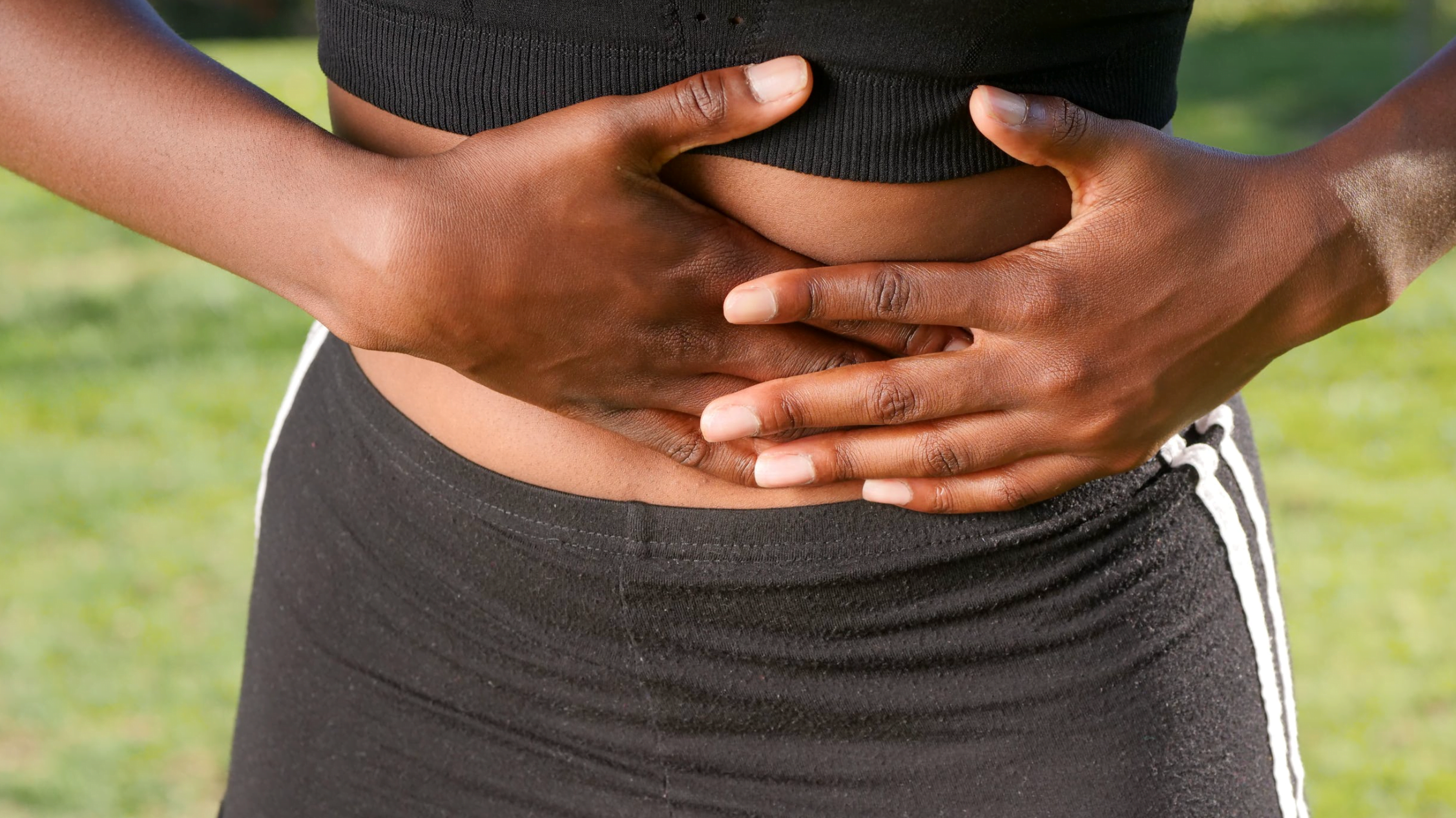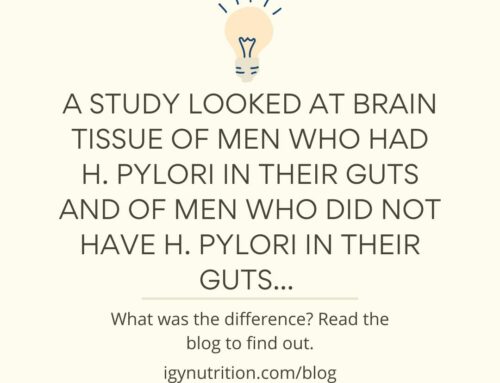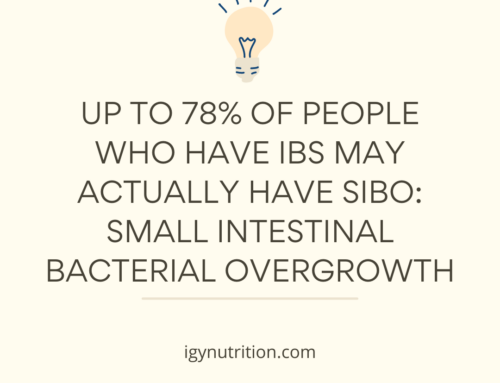Everyone hates feeling bloated. Do you find yourself ditching your new jeans for sweatpants? Not sure whether to eat more or nothing at all? We’ve been there. Read on to learn how to reduce bloating.
Bloated or Distended?
First off, let’s clear some terms up. “Bloating” and “distension” are often accidentally interchanged.
Bloating technically refers to the state of holding on to more water than you typically do. You might feel “puffy,” swollen, or inflamed if you’re bloated. Bloating can make your waistline and cheeks seem a little flabbier than usual.
Distension refers to abnormal enlarging of the gut due to gas, pregnancy, or constipation (hint – gaining weight over time does not count as distension). Distension often varies in severity throughout the day or week.
Women often experience some bloating during certain portions of their menstrual cycles (hello, periods). Everyone experiences bloating from time to time – it’s normal, especially after consuming high-sodium foods.
But significant distension, however, is not normal. Sure, after Thanksgiving dinner, you might be slightly (emphasis on “slightly”) distended. But needing to change pants or looking like you are several months pregnant is a sign of gastrointestinal distress.
If you experience distension frequently, it’s time to check your gut health.
Causes of Distension
Frequent distension can be caused by a variety of gastrointestinal conditions, including:
- SIBO: Small Intestinal Bacterial Overgrowth (1)
- Dysbiosis: an imbalanced microbiome (2)
- Low stomach acid or enzymes (3)
- Binge-eating disorder or other eating disorders (4)
- Structural issues
SIBO
Extreme distension is a common symptom of SIBO (1). SIBO occurs when too many bacteria (probiotic or harmful) inhabit the small intestine. The microbiome is supposed to reside in the large intestine only.
The stomach and small intestine are intended to break down and absorb specific nutrients. If too many gut bugs migrate there, they can interfere with the unique processes that occur there and cause some nasty symptoms, including distension (1).
If you suspect that you have SIBO, we highly recommend working with a health professional such as a gut-health dietitian, a gastroenterologist, or a gut-health nurse practitioner. Check out our blog on testing for gut conditions to learn how to test for SIBO.
In the meantime, read on to learn about how specific diets can reduce your symptoms.
Dysbiosis
Many of the microorganisms living within us benefit our bodies by regulating metabolism, helping us absorb vitamins from food, supporting our immune system, and much more (2).
The thing is, not all of the microorganisms in our microbiomes are helpful. Some are harmful. These harmful microbes can damage the gut barrier, increase inflammation, and wreak havoc on our metabolisms, hormones, immune systems, and even our mental health (2).
Plus, they can cause uncomfortable digestive issues like gas, distension, and stool irregularity – no fun.
To minimize the gut damage and annoying symptoms the harmful microbes cause and maximize the benefits helpful microbes confer, we want lots of beneficial microbes and very few harmful microbes to live in our guts (2).
In a healthy microbiome, there are many more beneficial microbes than harmful microbes. The more beneficial microbes and the fewer harmful microbes there are, the healthier the biome is.
In an unhealthy microbiome, there are too many harmful microbes and not enough helpful microbes. This state of imbalance is called dysbiosis.
Feeding harmful microbes foods that they can ferment – aka, foods they can eat and produce gas from – may exacerbate distension and propel the dysbiosis you already have (2).
Therefore, diets that minimize fermentable food intake may improve distension symptoms (2).
However, please note that if you are experiencing these symptoms, it is crucial to work with a healthcare professional who is educated on the gut microbiome to adequately and healthily overcome your condition.
To learn about or try out diets that minimize fermentable food (and thereby reduce distension), check out part two of this blog series.
References
- Sharma et al. Small Intestinal Bacterial Overgrowth: Comprehensive Review of Diagnosis, Prevention, and Treatment Methods. Cureus. 2020 Jun; 12(6): e8860. Published online 2020 Jun 27. doi: 10.7759/cureus.8860 PMCID: PMC7386065PMID: 32754400 https://www.ncbi.nlm.nih.gov/pmc/articles/PMC7386065/
- Foley A, Burgell R, Barrett JS, Gibson PR. Management Strategies for Abdominal Bloating and Distension. Gastroenterol Hepatol (N Y). 2014 Sep;10(9):561-71. PMID: 27551250; PMCID: PMC4991532. https://pubmed.ncbi.nlm.nih.gov/27551250/
- Fatima R, Aziz M. Achlorhydria. [Updated 2021 Jul 25]. In: StatPearls [Internet]. Treasure Island (FL): StatPearls Publishing; 2022 Jan-. Available from: https://www.ncbi.nlm.nih.gov/books/NBK507793/ https://www.ncbi.nlm.nih.gov/books/NBK507793/
- Werlang ME, Sim LA, Lebow JR, Lacy BE. Assessing for Eating Disorders: A Primer for Gastroenterologists. Am J Gastroenterol. 2021 Jan 1;116(1):68-76. doi: 10.14309/ajg.0000000000001029. PMID: 33229986. https://pubmed.ncbi.nlm.nih.gov/33229986/




